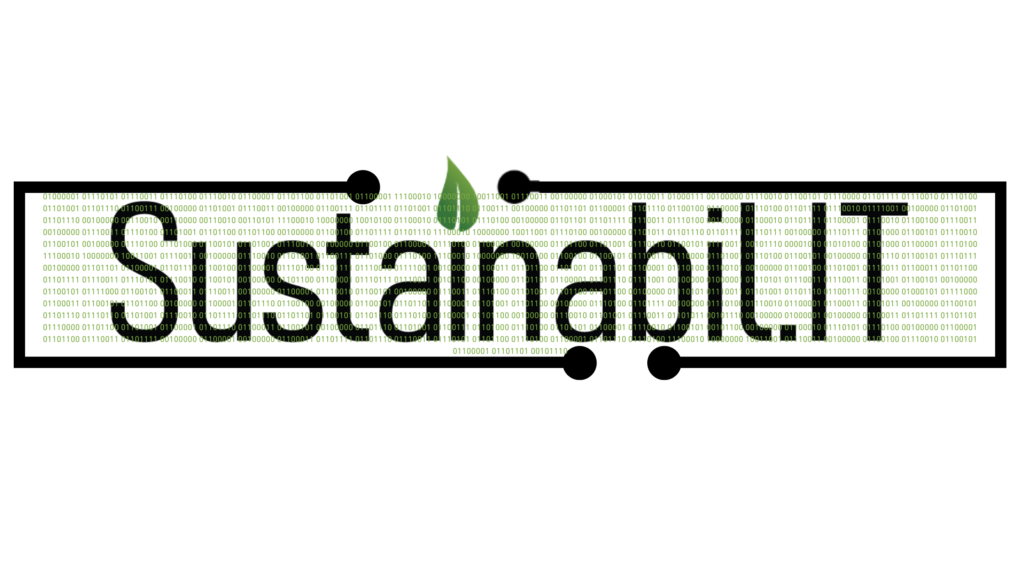Turning Sustainability Mandates into Strategic Advantage

As climate risk shifts from abstract concept to board‑room imperative, Australian businesses find themselves under the glare of regulators, investors and customers demanding real action, not just greenwashing. From the mandatory climate disclosures that arrived on 1 January 2025 to the sweeping reforms brewing in Canberra, the landscape is transforming fast, and organisations that cling to spreadsheets and siloed tools will struggle to keep pace.
Large companies are now legally required to disclose their climate‑related risks and opportunities under AASB S1 & S2. That means outlining the threats to cash flows, financing costs and reputation alongside the upside wins. Think green grants, low‑carbon market access and enhanced brand value. Meanwhile, ASIC’s Regulatory Guide 280 (RG 280), released in May 2025, takes you step by step through scenario analyses under varying climate futures and forces you to account for Scope 3 emissions, including those pesky indirect footprints from suppliers and customers. It’s not just compliance theatre; getting it right can safeguard your licence to operate and shore up investor confidence.
Deadlines vary by size and emissions profile, mid‑tier players must get their first reports done by June 2025, while 30 June‑year‑end entities have until June 2026. Small enterprises enjoy a little breathing room, but savvy leaders know early adoption is a chance to shine. Those who treat the phase‑in as a dry run can turn compliance into competitive advantage, demonstrating to stakeholders that sustainability is baked into strategy, not bolted on at the end.
Behind the scenes, the Federal Government is rewriting the script on the EPBC Act. National environmental standards are set to replace the postcode‑lottery of today, threatened species restoration will gain new muscle and loopholes for logging activities will be sealed shut. A federal Environment Protection Agency, still at the drawing board, promises firmer teeth for enforcement. If your operations hinge on land‑use approvals or resource extraction, these reforms could reshape your project pipelines and trigger fresh offset requirements.
On the finance front, the Australian Sustainable Finance Institute’s 2025–27 Action Plan maps out the next steps for green bonds, transition finance and stewardship codes. Lenders and investors will increasingly reward business models that pass the ESG sniff test, offering better rates and access to capital. Ignore this blueprint at your peril, higher borrowing costs and exclusion from “green” portfolios are very real risks.
All up, these updates unleash a torrent of data demands: emissions inventories, policy registers, scenario‑analysis outputs, board‑level approvals and audit trails. Attempting to tame this flood with manual processes is a sure path to errors, missed deadlines and reputation damage. That’s where a modern Governance, Risk & Compliance (GRC) platform earns its stripes. With the right software you can automate data collection across carbon accounting, resource use and regulatory registers; map your existing controls against evolving rules to spot policy gaps; streamline audit workflows with version control and real‑time dashboards; and centralise critical evidence for executive‑level reporting, so you’re never scrambling at year‑end, wondering “where did that memo go?”
At Sustainabil.IT, we specialise in helping Australian organisations transform compliance headaches into strategic differentiators. Our partners GRC solutions ensure you’re audit‑ready, gap‑free and ahead of the curve.
Ready to turn your sustainability obligations into a competitive edge? Contact us today to discover how our sustainability and GRC software can collect, organise and analyse your reporting data, highlight policy and regulatory gaps, and make auditing not just painless but a point of pride. Let’s work together to make your next report the one everyone talks about—for all the right reasons.
